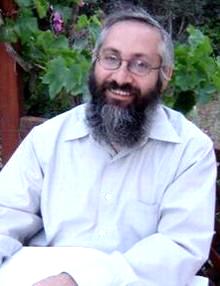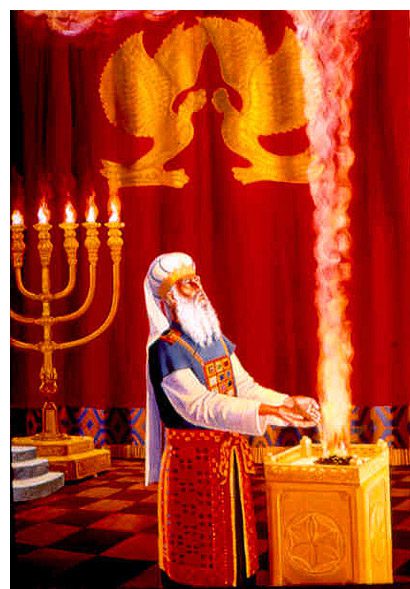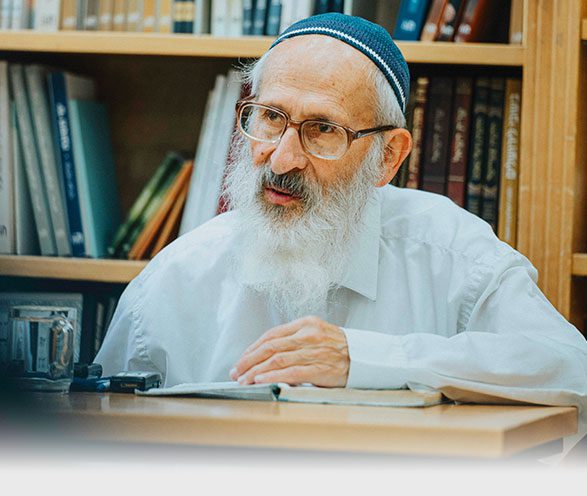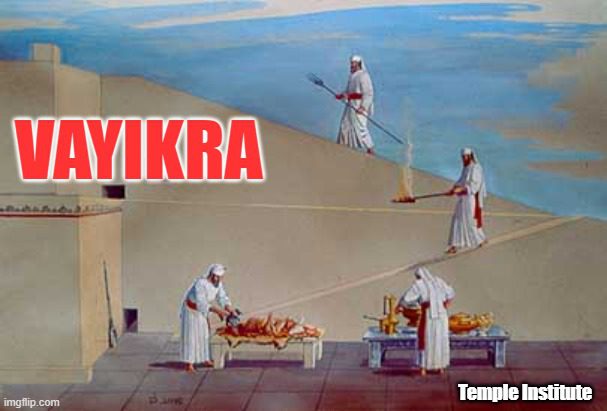ART, CREATION, AND THE DUAL NATURE OF THE TABERNACLE
by Rabbi Chanan Morrison, based on the writings of HaRav Avraham Yitzhak HaKohen Kook.

[For more of Rabbi Morrison’s essays on the writings of Rabbi Kook see: https://www.ravkooktorah.org/]
Art and Creation
“Moses informed the Israelites: God has selected Betzalel… and has filled him with a Divine spirit of wisdom, insight, and knowledge in all craftsmanship.” (Ex. 36:30-31)
What exactly were these three gifts of wisdom, insight, and knowledge that God bestowed upon Betzalel? The Sages wrote that the master craftsman was privy to the very secrets of creation. Betzalel knew how to “combine the letters with which the heavens and the earth were created,” and utilized this esoteric knowledge to construct the Tabernacle (Berachot 55a).
We find that King Solomon mentioned the same three qualities when describing the creation of the universe:
“God founded the earth with wisdom; He established the heavens with insight. With His knowledge, the depths opened, and the heavens drip dew. (Proverbs 3:19-20)
What is the difference between wisdom, insight, and knowledge? How do they apply both to the Creator of the universe and to the human artist?
Chochmah, Binah, and Da’at
Chochmah (wisdom) is needed to design the fundamental structure. In terms of the creation of the world, this refers to the laws of nature which govern the universe. The intricate balance of natural forces, the finely-tuned ecosystems of life — this is the underlying chochmah of creation.
In art, chochmah fulfills a similar function, determining the work’s underlying structure. Using wisdom, the artist decides on the overall composition, the balance of light and shade, colors, perspective, and so on.
Binah (insight) refers to the future vision, the ultimate goal. The Hebrew word binah is related to the word boneh (‘to build’). The emphasis is not on the current reality, but on the process of gradually building and progressing toward the final, complete form. Therefore, Solomon ascribed chochmah to forming the earth, and binah to establishing the Heavens. The foundation of the earth – its current physical structure — is based on chochmah. Binah, on the other hand, corresponds to the Heavens, the spiritual content that reflects its final form.
What is binah in art? The spiritual aspect of art is the sense of wonder that a great artist can awaken through his work. Betzalel was able to imbue the Tabernacle with magnificent splendor, thus inspiring the observer to feel profound reverence and holiness. The great beauty of his work succeeded in elevating the emotions, as it projected a majestic image of God’s grandeur.
The third attribute, da’at (knowledge), refers to a thorough attention to detail. “With His knowledge… the heavens drip dew.” The rain and dew were created with da’at. They sustain every plant, every blade of grass, every creature. God created the universe not only with its fundamental laws of nature (chochmah) and spiritual direction (binah), but also with meticulous care for its myriad details — da’at.
Attention to detail is also important in art. The artist should make sure that the finest details correspond to the overall composition and heighten the work’s impact.
Betzalel knew the letters of creation, the secret wisdom used to create the universe. With his gifts of chochmah, binah, and da’at, Betzalel was able to ensure perfection in the Tabernacle’s structure, its vision, and its details. His holy sanctuary became a suitable vessel for God’s Presence, completing the sanctity of the Jewish people by facilitating their special closeness to God.
(Sapphire from the Land of Israel. Adapted from Ein Eyah vol. II, pp. 263-264)
The Dual Nature of the Tabernacle
An obvious question strikes anyone reading the last two portions of the book of Exodus: Vayakheil and Pekudei. Why was it necessary to repeat all of the details of how the Tabernacle was built? All of these matters were already described at great length in Terumah and Tetzaveh, which record God’s command to build the Mishkan.
The Command and the Execution
In several places, Rav Kook noted the divide in our lives between the path and the final goal.1 We tend to rush through life, chasing after goals — even worthwhile goals — with little regard for the path and the means. We see the path as a stepping stone, of no significance in its own right.
With these two sets of Torah portions Terumah-Tetzaveh and Vayakheil-Pekudei, we observe a similar divide. The first two record God’s command to build the Mishkan, while the second two document its actual construction. This is the distinction between study and action, between theory and practice. And it also corresponds to the aforementioned divide between means and ends.
Just as our world emphasizes goals at the expense of means, so, too, it values deed and accomplishment over thought and study. A more insightful perspective, however, finds a special significance in the path, in the abstract theory, in the initial command.
The Sages imparted a remarkable insight: “Great is Torah study, for it leads to action” (Kiddushin 40b). This statement teaches that Torah study — the theory, the path — is preferable to its apparent goal, the performance of mitzvot. Torah study leads us to good deeds; but it has an intrinsic worth above and beyond its value as a tool to know how to act.
The Talmud discusses whether a blessing should be recited when constructing a sukkah-booth. After all, the Torah commands us to build a sukkah — “The holiday of booths you shall make for yourselves” (Deut. 16:13). Nonetheless, the rabbis determined that no blessing is recited when building the sukkah, only when dwelling in it during the Succoth holiday. Why not?
Maimonides explained that when there is a command to construct an object for the purpose of fulfilling a mitzvah, one only recites a blessing on the final, ultimate mitzvah (see Hilchot Berachot 11:8). Thus we do not recite a blessing when preparing tzitzit or when building a sukkah.
According to this line of reasoning, if Torah study were only a means to know how to keep mitzvot, no blessing would be recited over studying Torah. The fact that we do recite blessings over Torah study indicates that this study is a mitzvah in its own right, independent of its function as a preparation to fulfill other mitzvot.
These two aspects of Torah — study and action — may be described as Divine influence traversing in opposite directions, like the angels in Jacob’s dream. The Torah’s fulfillment through practical mitzvot indicates a shefa that flows from above to below. This is the realization of God’s elevated will, ratzon Hashem, in the lower physical realm.
The intrinsic value of Torah study, on the other hand, indicates spiritual movement in the opposite direction. It ascends from below to above: our intellectual activity, without expression in the physical world; our Torah thoughts and ideas, without practical application.
The repetition in the account of the Mishkan reflects this dichotomy. The two sets of Torah readings are divided between command and execution, study and deed.
And on a deeper level, the repetition reflects the dual function of the Mishkan (and later on, the Temple). On the practical level, the Mishkan was a central location for offering korbanot to God. It served as a center dedicated to holy actions.
But on the abstract, metaphysical level, the Mishkan was a focal point for God’s Presence, a dwelling place for His Shekhinah.
“They shall make for Me a Temple, and I will dwell (ve-shekhanti) among them” (Ex. 25:8).
Like the diametric influences of Torah, one descending and one ascending, each of the Tabernacle’s functions indicated an opposite direction. Its construction, the dedication of physical materials to holy purposes, and the offering of korbanot to God, flowed upwards. An ascent from the physical world below to the heavens above.
The indwelling of the Shekhinah, on the other hand, was a descending phenomenon from above to below, as God’s Divine Presence resided in the physical universe, a source of divine inspiration and prophecy.
(Adapted from Shemuot HaRe’iyah, Vayakheil-Pekudei (1931))
1 For example, Orot HaTeshuvah 6:7; Mo’adei HaRe’iyah, p. 110.






